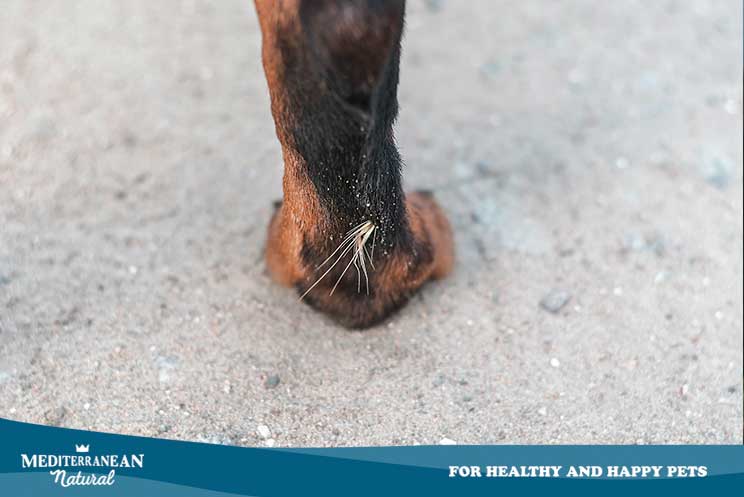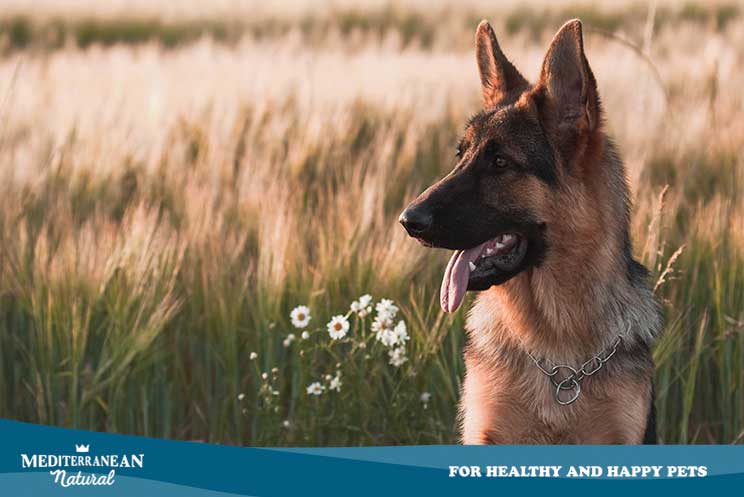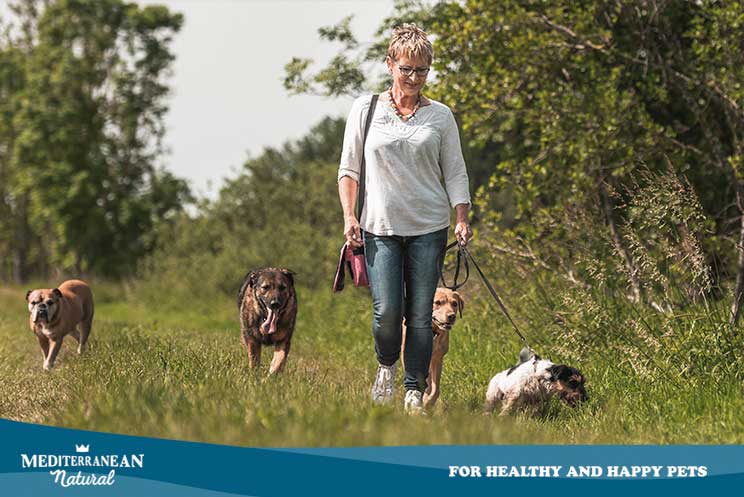
Grass seeds are commonly found in the countryside, but also in urban areas, roadside verges, parks, and undeveloped plots of land.They pose a real danger to your dog if they pierce the skin or enter natural openings (ears, nose, eyes).
Do you know the symptoms of a grass seed lodged in your dog? Do you know how to react? We explain everything below.
During spring, this type of grass grows freely in undeveloped areas.
It spreads across open fields, but also finds a home in the city: parks, gardens, roadside verges, and empty plots.
By summer, it dries out — and that’s when it becomes most dangerous for your dog, as it easily sticks to their fur.
What makes grass seeds particularly harmful is their ability to move once they come into contact with the body, gradually working their way into the skin and putting your pet’s health at risk.
What health problems can grass seeds cause in your dog?
Grass seeds can enter your dog’s body either through natural openings or by piercing the skin.
-
If they enter through the skin, they create a lump and the area will become infected.
-
If they get into the eyes, they often lodge between the eyeball and the eyelid, causing the eye to remain partially closed, redness, pain, excessive tearing, and in more serious cases, corneal damage.
-
If they enter the nose, they can cause intense itching, sneezing, and nosebleeds.
-
If one gets into the ear, your dog may start shaking their head constantly or tilt it to one side, showing signs of discomfort and pain.
No matter how the grass seed enters your dog’s body, it can cause an infection. And if not detected in time, it can be very difficult to locate and may lead to serious complications.
How to prevent grass seeds from harming your dog
The most important step is to avoid areas with large amounts of dry grass seeds, especially when they’re dried out and pose a risk.
In long-haired dogs, it’s a good idea to trim their coat in late spring or early summer. This way, if a grass seed gets stuck, it’ll be easier to spot.
After every walk, check your dog thoroughly, paying close attention to their ears, nose, eyes, skin folds, and especially between their toes and paw pads.
I think my dog has a grass seed embedded — what should I do?
If after checking your dog you notice any of the symptoms mentioned earlier, or you suspect that a grass seed might have entered their body, it’s crucial to visit your vet as soon as possible.
The sooner your dog is examined, the better the chances of avoiding complications.
Never try to remove a grass seed at home yourself, as improper handling could worsen the situation and cause the seed to go deeper into your dog’s body.
Has a grass seed ever gotten lodged in your dog’s body? How did you handle it? How was their recovery? Share your experience with us! It could be really helpful for other pet parents.





No Comments